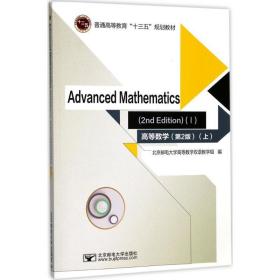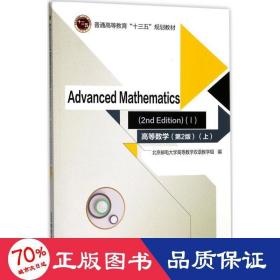很抱歉,该商品可能已下架或被删除
相似商品
-
 高等数学全新
高等数学全新¥30.85
-
 高等数学全新
高等数学全新¥30.68
-
 高等数学全新
高等数学全新¥30.90
-
 高等数学全新
高等数学全新¥30.85
-
 高等数学全新
高等数学全新¥30.85
-
 高等数学=Advanced Mathematics:英文 (第2版)全新
高等数学=Advanced Mathematics:英文 (第2版)全新¥23.50
-
 高等数学全新
高等数学全新¥33.43
-
 高等数学全新
高等数学全新¥32.63
-
 高等数学 大中专理科数理化 北京邮电大学高等数学双语组 编 新华正版全新
高等数学 大中专理科数理化 北京邮电大学高等数学双语组 编 新华正版全新¥32.63
-
 高等数学 大中专理科数理化 北京邮电大学高等数学双语组 编全新
高等数学 大中专理科数理化 北京邮电大学高等数学双语组 编全新¥32.40
5S 后自动跳转到首页
去首页逛逛
